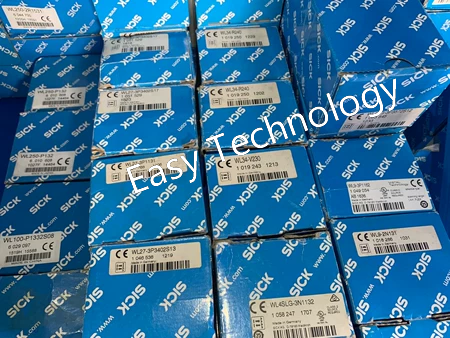The SICK WLL260-F240 is a high-performance fiber optic photoelectric sensor designed for precise detection in space-constrained or challenging environments. Utilizing fiber optic cables for light transmission, this sensor enables reliable operation in areas where conventional sensors cannot be installed.


